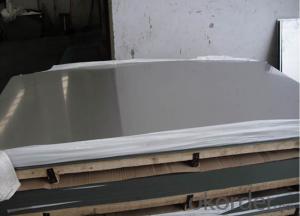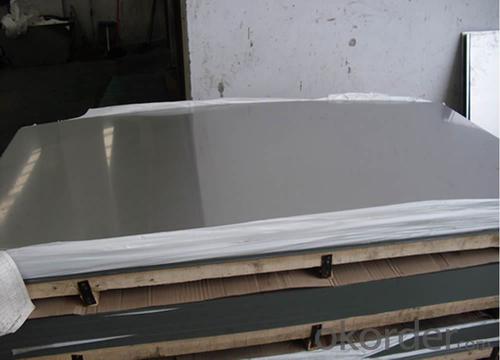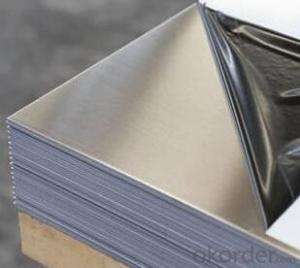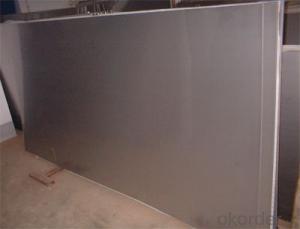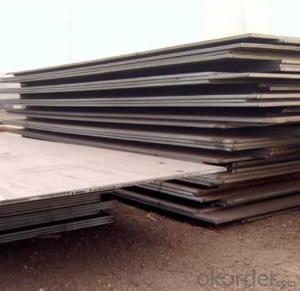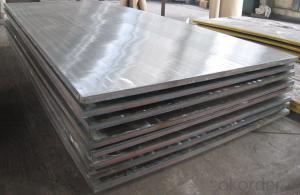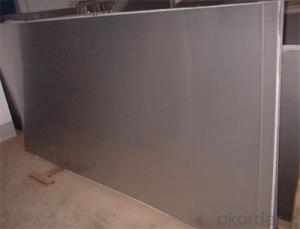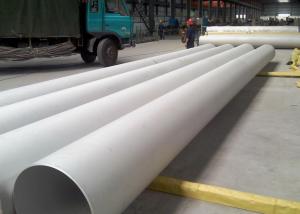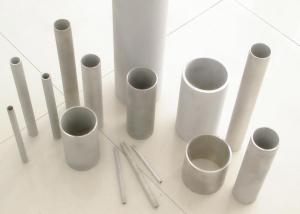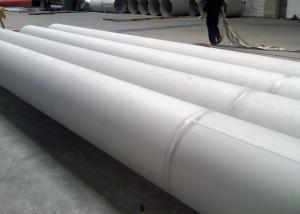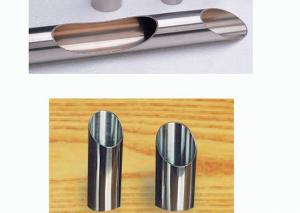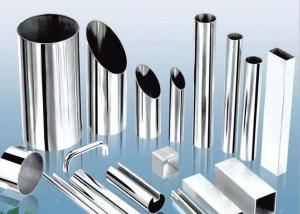Stainless Steel Sheet Plate 316 in Multi Fields Usage
- Loading Port:
- China main port
- Payment Terms:
- TT OR LC
- Min Order Qty:
- 50 m.t.
- Supply Capability:
- 10000 m.t./month
OKorder Service Pledge
OKorder Financial Service
You Might Also Like
Specification
Stainless Steel Sheet/Plate 316 in Multi Fields Usage
Description
Stainless steel is a production which not easy rust,acid resistance and corrosion resistance,so it is widelyused in light industry,heavy industry,daily necessities and the decoration industry.my company long-termsupply stainless steel porducts including:stainless steel sheet,stainless steel coil and stainless steel tube.
Main Features
•Escalator, Elevator, Doors
•Furniture
•Production tools, Kitchen appliances, freezers, cold rooms
•Auto Parts
•Machinery and Packaging
•Equipment and Medical devices
•Transport system
Specifications
Description | steel sheet,hot rolled steel sheet,cold rolled steel sheet, steel sheet,sheet,steel plate |
Standard | ASME, ASTM, EN ,BS,GB,DIN, JIS etc |
Application | Steel sheet applies to construction field, ships building industry, petroleum & chemical industries, war and electricity industries, food processing and medical industry, boiler heat exchanger, machinery and hardware fields. |
Surface Finish
Surface finish | Characteristics and application |
2B | The surface brightness and flatness of no2B is better than no2D. then through a special surface treatment to improve its mechanical properties,No2B could nearly satisfy comprehensive uses. |
No.1 | Polished with abrasive belt of grit#100-#200, have better brightness with discontinuous coarse stria, used as inner and external ornaments for building, electrical appliances and kitchen utensils etc. |
No.4 | Polished with abrasive belt of grit #150-#180,have better brightness with discontinuous coarse stria, but thinner than No3, are used as bathtub buildings inner and external ornaments electrical appliances kitchen utensils and food processing equipment etc. |
HL | Polished with abrasive belt of grit #150-#320 on the NO.4 finish and has continuous streaks, mainly used as buildings ornaments elevators, door of building, frontal plate etc. |
BA | Cold rolled, bright annealed and skin-passed, the product have excellent brightness and good reflexivity like mirror, kitchen apparatus, ornament etc. |
8K | The product have excellent brightness and prefer reflexivity can to be the mirror. |
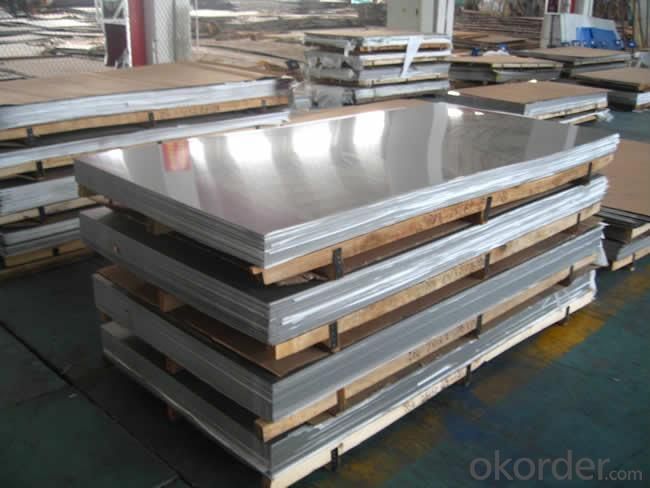
- Q: What is the weight of a stainless steel sheet?
- The weight of a stainless steel sheet depends on its dimensions (length, width, and thickness).
- Q: Are stainless steel sheets suitable for automotive body panels?
- Yes, stainless steel sheets are suitable for automotive body panels. Stainless steel is known for its corrosion resistance, durability, and strength, making it an ideal material for automotive applications. It can withstand harsh weather conditions, resist rust and corrosion, and provide a sleek and polished appearance to the vehicle. Additionally, stainless steel sheets offer excellent formability, allowing for intricate designs and shapes required for automotive body panels.
- Q: How do you remove rust or corrosion from stainless steel sheets?
- In order to eliminate rust or corrosion from stainless steel sheets, the following steps can be followed: 1. Initiate the process by cleansing the surface of the stainless steel sheet using a mild detergent and warm water. This will eradicate any dirt or grease that may potentially impede the rust removal procedure. 2. Subsequently, ensure the sheet is thoroughly dried to prevent any further water damage and to guarantee the effectiveness of the rust removal process. 3. Proceed by utilizing a non-abrasive scrubbing pad or a soft cloth to apply a stainless steel cleaner or a homemade solution comprising equal parts vinegar and water. Gently rub the affected area in the direction of the grain of the stainless steel. 4. If the rust or corrosion persists, experiment with a paste formed from baking soda and water or a mixture of cream of tartar and water. Apply this paste to the affected region and allow it to sit for approximately 15 minutes. Then, delicately scrub the area with a soft cloth or a non-abrasive scrubbing pad. 5. If the aforementioned methods do not completely eliminate the rust or corrosion, consider using a commercial rust remover specifically formulated for stainless steel. Make sure to adhere to the manufacturer's instructions and adopt suitable safety precautions. 6. Once the rust or corrosion has been eradicated, rinse the stainless steel sheet thoroughly with clean water and completely dry it to prevent any water spots or further damage. 7. To prevent future rust or corrosion, it is advisable to regularly clean and maintain stainless steel surfaces using non-abrasive cleaners and avoiding harsh chemicals or abrasive materials. Always remember to conduct a test of any cleaning solution or rust remover on a small and inconspicuous area of the stainless steel sheet prior to applying it to the entire surface, to ensure it does not cause any damage or discoloration.
- Q: Are stainless steel sheets suitable for architectural wire mesh?
- Yes, stainless steel sheets are suitable for architectural wire mesh. Stainless steel is a durable and corrosion-resistant material, making it ideal for outdoor applications. It provides strength and stability to the wire mesh, ensuring longevity and aesthetic appeal in architectural designs.
- Q: Are stainless steel sheets suitable for medical equipment?
- Indeed, medical equipment can be fabricated using stainless steel sheets. The utilization of stainless steel in medical equipment is widely favored due to its remarkable resistance to corrosion and its ability to endure. It boasts effortless cleaning and sterilization, rendering it fitting for employment in healthcare facilities where cleanliness and hygiene are paramount. Furthermore, the high strength-to-weight ratio of stainless steel permits the creation of lightweight yet robust medical equipment. Moreover, its magnetic permeability is low, rendering it an ideal option for situations necessitating minimal electromagnetic interference. All in all, stainless steel sheets are a dependable and pragmatic selection for the production of medical equipment.
- Q: Can stainless steel sheets be used for decorative ceiling tiles?
- Yes, stainless steel sheets can indeed be used for decorative ceiling tiles. Stainless steel is a versatile material that offers a modern and sleek appearance, making it a popular choice for decorative purposes. Its durability, resistance to corrosion, and ability to withstand high temperatures also make it suitable for ceiling applications. Additionally, stainless steel sheets can be easily customized with various finishes, patterns, and designs to create unique and visually appealing ceiling tiles.
- Q: What is the typical thickness range for stainless steel sheets?
- The typical thickness range for stainless steel sheets is between 0.4mm and 6mm.
- Q: Comparison of three properties of aluminium plate, stainless steel plate and cold rolled plate?
- Aluminum sheet material is light, easy to shape, good coloring;
- Q: Can stainless steel sheets be used for elevator wall panels?
- Yes, stainless steel sheets can be used for elevator wall panels. Stainless steel is a durable and corrosion-resistant material, making it suitable for high-traffic areas like elevators. Its sleek and modern appearance also enhances the overall aesthetics of the elevator interior.
- Q: Can stainless steel sheets be used for decorative lighting fixtures?
- Yes, stainless steel sheets can be used for decorative lighting fixtures. Stainless steel is a versatile material that is known for its durability, corrosion resistance, and sleek appearance, making it suitable for creating stylish and long-lasting lighting fixtures. Additionally, stainless steel can be easily manipulated into various shapes and designs, allowing for creative and unique decorative lighting options.
Send your message to us
Stainless Steel Sheet Plate 316 in Multi Fields Usage
- Loading Port:
- China main port
- Payment Terms:
- TT OR LC
- Min Order Qty:
- 50 m.t.
- Supply Capability:
- 10000 m.t./month
OKorder Service Pledge
OKorder Financial Service
Similar products
Hot products
Hot Searches
Related keywords
